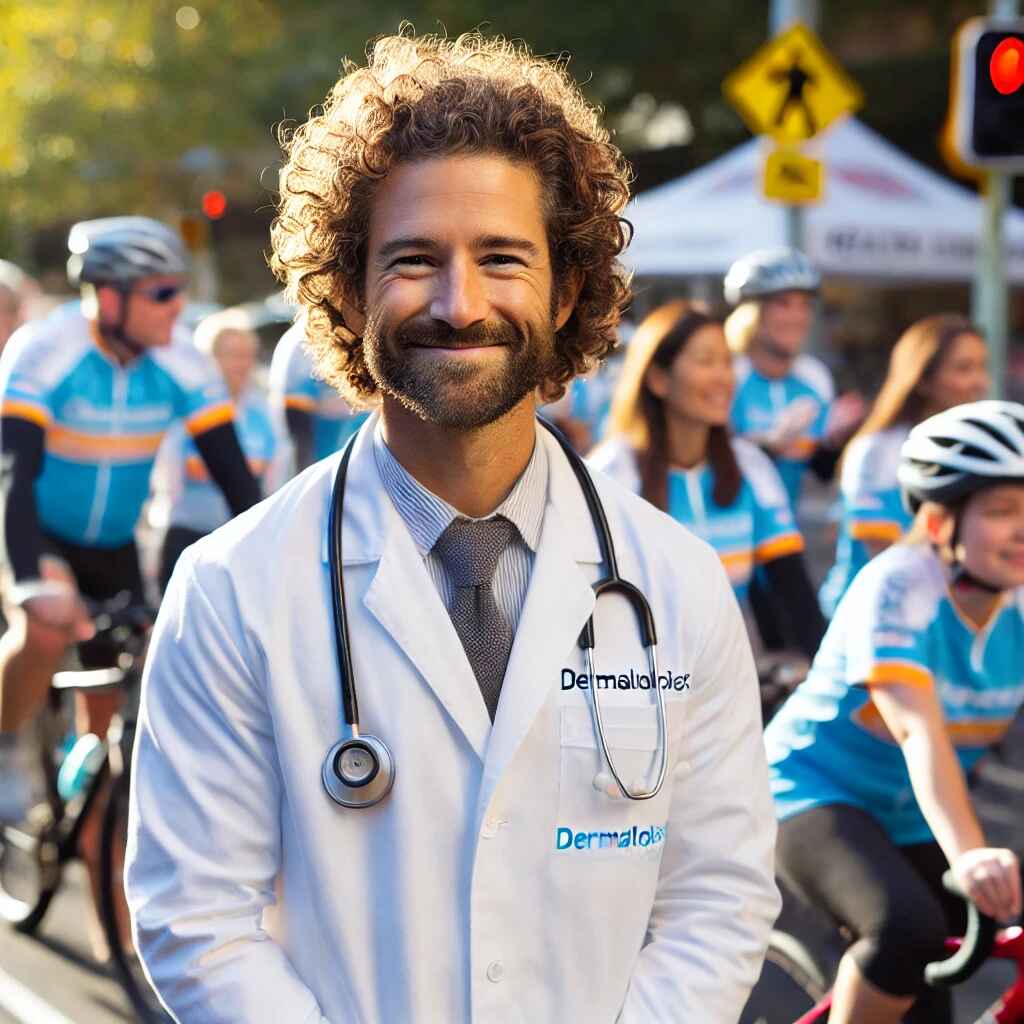
Your skin is your body’s first line of defense against environmental damage, bacteria, and irritants. While minor skin issues can often be treated with over-the-counter products, some conditions require professional medical attention. Dr Shaun Segal emphasizes the importance of recognizing serious skin conditions early and seeking dermatological care when necessary. In this guide, we’ll explore seven common skin conditions and when you should see a dermatologist for expert advice and treatment.
1. Acne: More Than Just a Teenage Problem
Acne is one of the most prevalent skin conditions affecting people of all ages. It occurs when hair follicles become clogged with oil, dead skin cells, and bacteria, leading to pimples, blackheads, whiteheads, or cysts.
Signs You Need to See Dr Shaun Segal:
- Over-the-counter treatments aren’t working
- Acne is causing scars or dark spots
- You experience painful, cystic acne
- Frequent breakouts despite a good skincare routine
Treatment Options:
- Prescription topical treatments (retinoids, benzoyl peroxide)
- Oral medications (antibiotics, hormonal therapy, or isotretinoin)
- Professional treatments like chemical peels or laser therapy
2. Eczema: The Persistent Itchy Rash
Eczema (atopic dermatitis) is a chronic condition that causes dry, red, itchy, and inflamed skin. It often flares up due to allergens, stress, or weather changes.
Signs You Need to See Dr Shaun Segal:
- Symptoms persist despite home treatments
- Skin becomes infected (oozing, crusting, or swelling)
- Eczema interferes with daily life or sleep
- It spreads or worsens over time
Treatment Options:
- Prescription creams (corticosteroids, calcineurin inhibitors)
- Antihistamines to reduce itching
- Light therapy for severe cases
- Identifying and avoiding triggers
3. Psoriasis: More Than Just Dry Skin
Psoriasis is an autoimmune condition that speeds up skin cell production, leading to red, scaly patches often found on the elbows, knees, scalp, and lower back.
Signs You Need to See Dr Shaun Segal:
- Thick, red patches of skin with silvery scales
- Pain, burning, or itching that disrupts daily life
- Joint pain (could indicate psoriatic arthritis)
- Over-the-counter treatments provide little relief
Treatment Options:
- Topical treatments (steroids, vitamin D analogs)
- Oral or injectable medications (biologics, immunosuppressants)
- UV light therapy (phototherapy)
4. Rosacea: Persistent Redness and Flushing
Rosacea is a chronic skin condition that causes redness, visible blood vessels, and sometimes small, pus-filled bumps, primarily on the face. It can worsen with triggers like spicy foods, alcohol, or sun exposure.
Signs You Need to See Dr Shaun Segal:
- Persistent redness on your face
- Frequent flushing and visible blood vessels
- Acne-like breakouts that don’t improve with regular acne treatments
- Eye irritation (ocular rosacea)
Treatment Options:
- Prescription creams (metronidazole, azelaic acid)
- Oral antibiotics for inflammation
- Laser therapy to reduce visible blood vessels
- Lifestyle modifications to avoid triggers
5. Fungal Infections: Not Just Athlete’s Foot
Fungal infections, such as ringworm, athlete’s foot, or yeast infections, are caused by fungi thriving in warm, moist environments.
Signs You Need to See Dr Shaun Segal:
- Rash spreads despite antifungal creams
- Skin becomes swollen, painful, or cracked
- Recurring infections despite preventive measures
- Nail discoloration or thickening (fungal nail infections)
Treatment Options:
- Prescription antifungal creams or oral medications
- Medicated shampoos for scalp infections
- Hygiene recommendations to prevent recurrence
6. Skin Cancer: Early Detection is Key
Skin cancer is one of the most serious skin conditions but is highly treatable when detected early. Suspicious moles or skin growths should always be evaluated by a dermatologist.
Signs You Need to See Dr Shaun Segal:
- A mole that changes in size, shape, or color
- A sore that doesn’t heal for weeks
- A spot that itches, bleeds, or crusts over
- Unusual lumps or bumps on the skin
Treatment Options:
- Skin biopsy to confirm diagnosis
- Surgical removal of cancerous or precancerous growths
- Mohs surgery for delicate areas like the face
- Radiation or chemotherapy for advanced cases
7. Hives and Allergic Reactions: When Your Skin Fights Back
Hives (urticaria) are raised, red, itchy welts that appear suddenly due to an allergic reaction, stress, or unknown triggers.
Signs You Need to See Dr Shaun Segal:
- Hives persist for more than a few days
- Difficulty breathing or swelling of the face (seek emergency care)
- Frequent or recurring hives without a known cause
- Severe itching that disrupts sleep or daily activities
Treatment Options:
- Antihistamines to reduce allergic reactions
- Corticosteroids for severe cases
- Identifying and avoiding allergens
- Immunotherapy for chronic cases
When to See a Dermatologist
While many skin conditions can be managed with home remedies or over-the-counter treatments, some require the expertise of a dermatologist. Dr Shaun Segal advises seeing a dermatologist if:
✔ Your skin condition persists or worsens despite self-care
✔ You experience pain, bleeding, or infection in a skin lesion
✔ Your symptoms interfere with daily life
✔ You have a family history of skin cancer or chronic skin conditions
Final Thoughts: Prioritize Your Skin Health
Your skin plays a vital role in protecting your body, and its health should never be overlooked. Dr Shaun Segal emphasizes that early detection and proper treatment of skin conditions can prevent complications and improve quality of life. If you’re experiencing persistent skin issues, don’t hesitate to seek professional care. A consultation with Dr Shaun Segal can help you achieve healthier, clearer skin through expert diagnosis and tailored treatments.





Leave a Reply